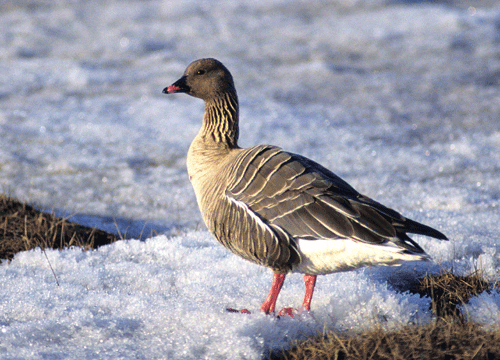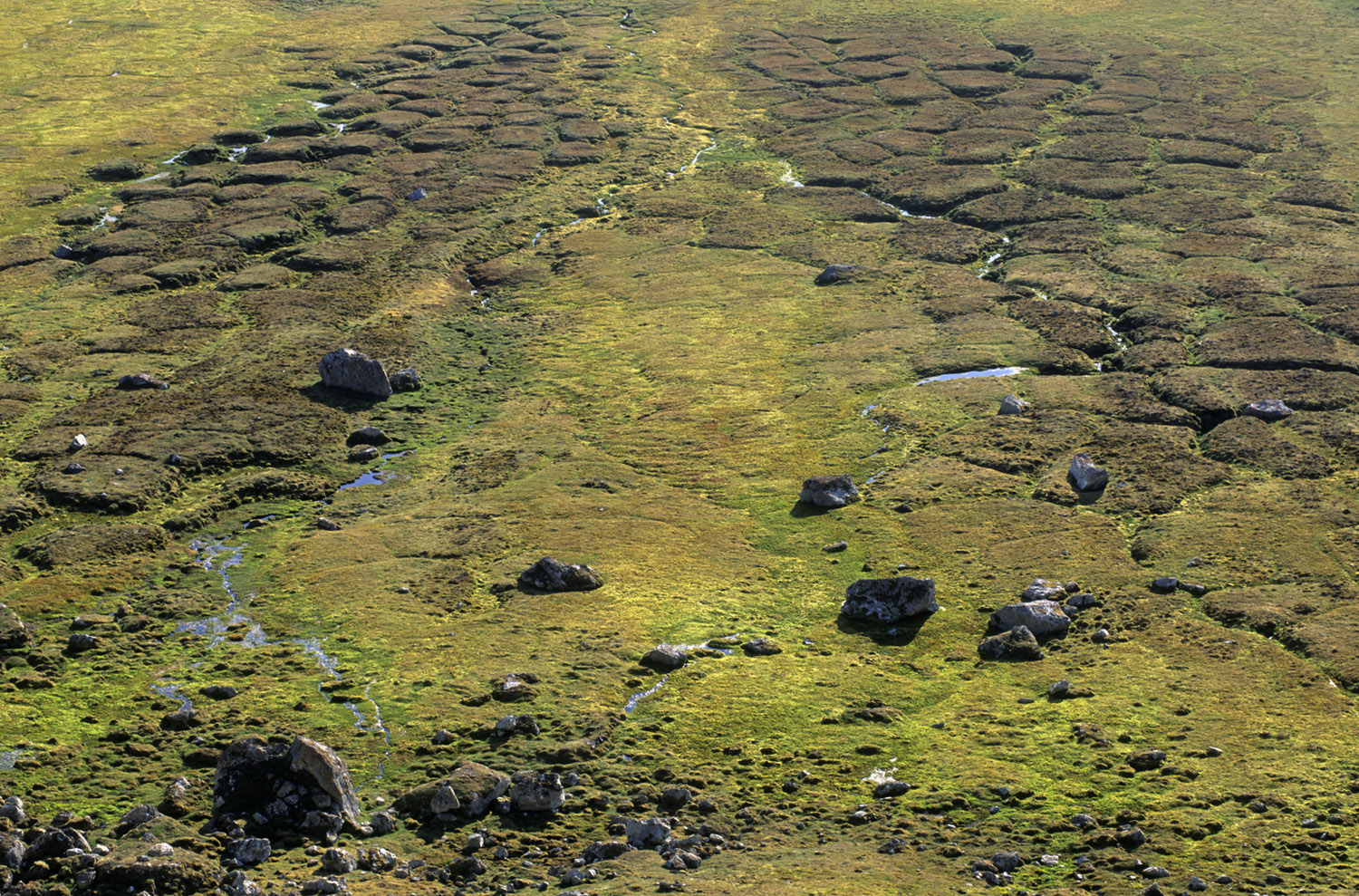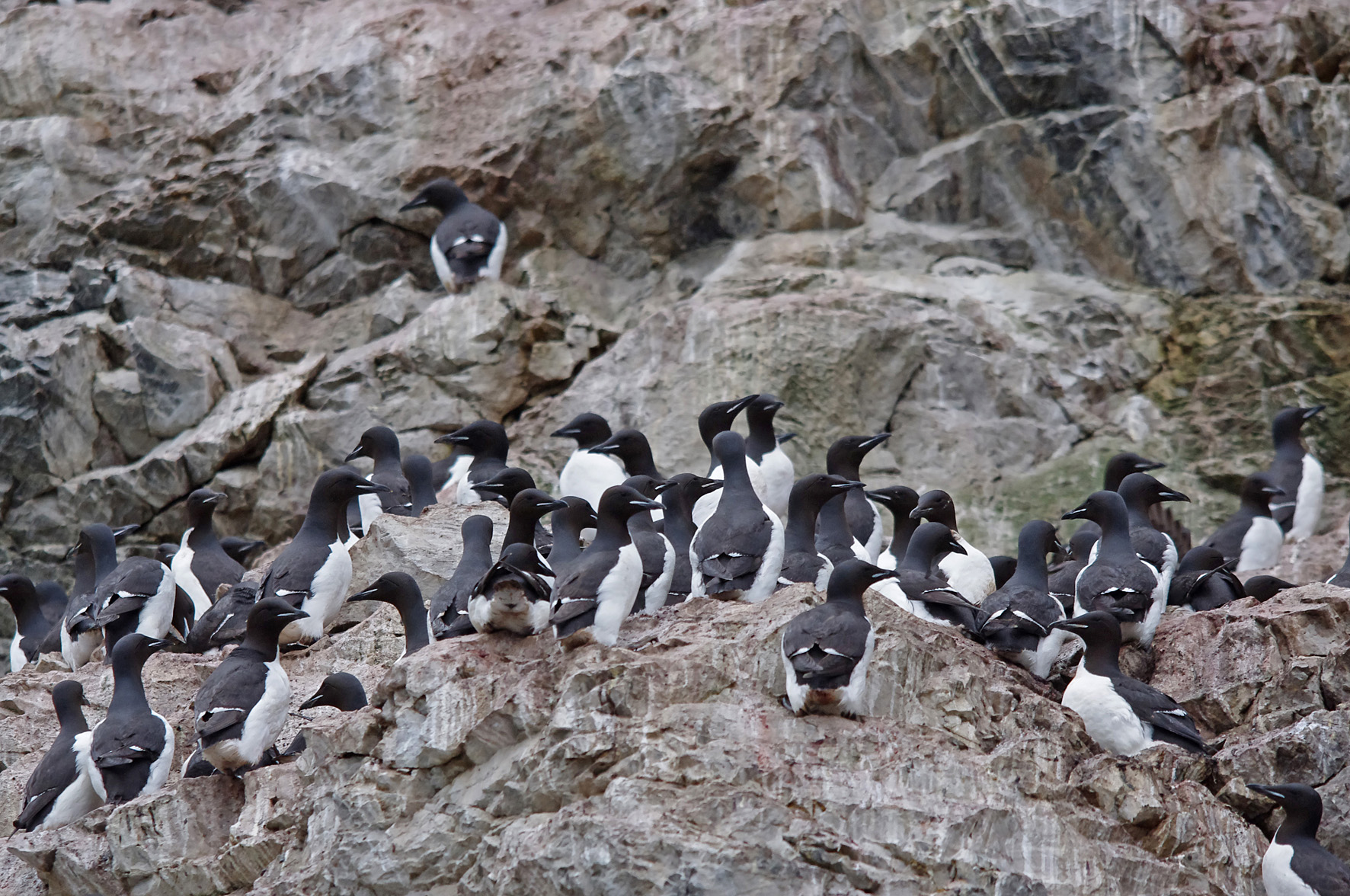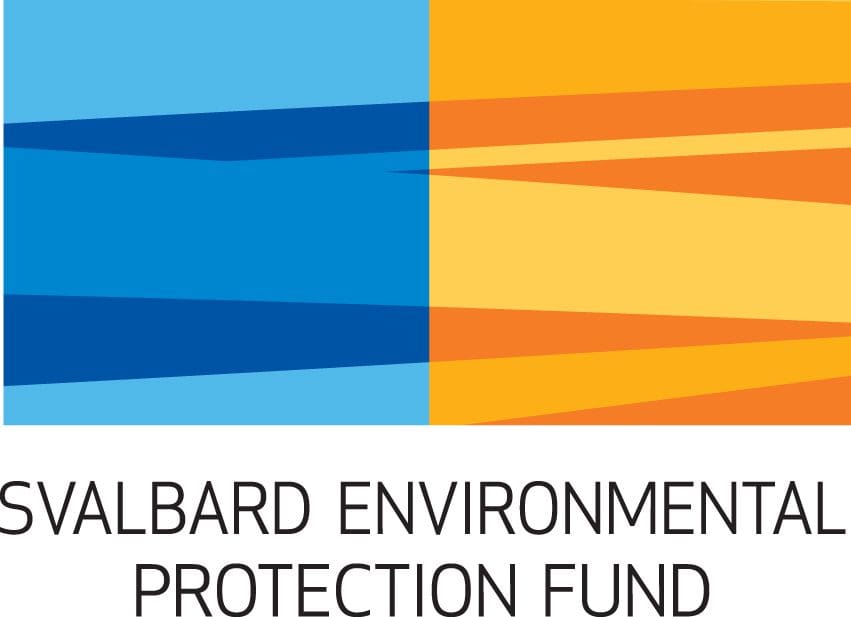
Gåsbergkilen
Gåsbergkilen means the goose rock bay, and is a sensitive but lively place.
Last update: 03. November 2025
This place is full of life, but it is also quite sensitive so set your foot gently and pay special attention to the guidelines. Through thousands of years of accumulated guano from the bird cliff, this area developed a thick peat, which is now the bed for very lush plant-life. The bird cliff is full of life all through the summer. Over it flies the glaucous gull, searching for food. Arctic fox are often seen under the cliff in search of prey.
Download PDF

77°39’N 014°44’E
Access between Jan 1– May 14th, on
snow-covered, frozen ground.
Vegetation
This is one of the very few areas at Svalbard with patches of peat, and the vegetation cover is exceptionally thick and productive. The combination of moist and temperate climate in the fjord and nutrients from the nearby bird cliff have created this biomass hotspot. The turfs of peat moss and flower-size variation of turf saxifrage are well worth observing.
Fauna
The bird cliff in Midterhuken is one of the largest on the west coast of Spitsbergen and is dominated by Brünnich’s guillemot and blacklegged kittiwake. This is one of the few places in Svalbard where razorbill and common guillemot are found. It is also an important area for barnacle and pink-footed goose.
Guidelines
- This site requires special attention to the guidelines for any visitors and guides. The site prohibition includes access restriction that extends to a distance of 100 meters from shore.
- Midterhuken is a part of Van Meijenfjorden national park and landings are prohibited between May 15 and August 15.
- Do not approach if eiders and geese are present on the shore.
- The vegetated brink next to the shoreline is very fragile, and each single trampling will cause erosion. If you enter the vegetated area, use the stony slope at the eastern end of the beach.
- You can get great views of the bird cliff from the sea
Tip
Beware of the protected cultural heritage site on Midterhuksletta. Landings and visits within the area are prohibited, but you will have agood view of all the remains from the hillside above, which can be reached by walking from Gåsbergkilen.



AECO’s Site-Specific Guidelines Are Reviewed by the Governor of Svalbard and Funded by
